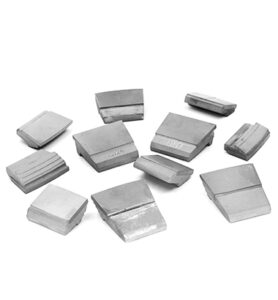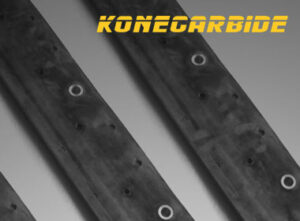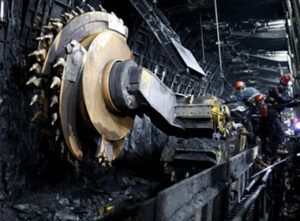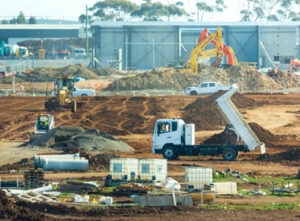As powerful industrial separation equipment, decanter centrifuges have become indispensable in various industries, from wastewater treatment and oil refining to food processing and pharmaceuticals. This comprehensive article aims to explain the definition, applications, and operating principle. Join us!
What is a decanter centrifuge?
A centrifuge is a vital device utilized in numerous industrial applications where the separation of components with different densities is necessary. In such scenarios, a decanter centrifuge, also known as a solid bowl centrifuge, plays a crucial role by continuously separating solid materials from liquids in a slurry. A decanter centrifuge operates on the fundamental principle of gravitational separation, where the theory of gravity is harnessed to achieve effective separation. It employs a high-speed rotational process to achieve efficient liquid-solid separation, making it indispensable in wastewater treatment, chemical processing, oil refining, and food production. Its performance is influenced by various factors, and specific design guidelines must be followed depending on the intended applications. With applications ranging from biosolid wastewater treatment to 2-phase dewatering in industries like chemical, food, oil, and mining, the decanter centrifuge has become an invaluable tool.
Applications
Decanter centrifuges are mainly used to constantly separate large amounts of solids from liquids. Apart from wastewater treatment, they can also be applied in other industries, including food processing, oil refining, fish processing, mineral processing, chemicals, and more.
Main components
- Screw conveyor
Screw conveyors, or scroll conveyors play a crucial role in the operating process. It consists of a spiral-shaped blade that rotates at a slightly different speed than the drum or bowl of the centrifuge. As the scroll conveyor rotates, it moves the sedimented solids toward the conical end of the drum, where they are discharged through the solids discharge outlet. A well-designed scroll conveyor can effectively scroll the sedimented solids. Tungsten carbide tiles are welded on the edge of the scroll conveyor to increase its service life.
KoneCarbide is a quality supplier of tungsten carbide tiles as well as other wear parts such as discharge nozzles, wear liners, and more. If you are looking for a reliable supplier, contact us today!


- Inlet section
The inlet section is the initial part of the centrifuge where the feed slurry is introduced into the system. It is responsible for accelerating the feed slurry to match the rotational speed of the centrifuge bowl. The design of the inlet section is crucial to achieve efficient and effective separation of solids and liquids. The main goals of the inlet section are to minimize the degradation of the feed solids and to prevent disturbance of the sediment already present in the bowl. By properly designing the inlet section, the decanter centrifuge can maintain the integrity of the feed solids, allowing for efficient separation and reducing the potential for blockages or disruptions in the process.
- Solids Discharge Section
The separated solids like pastes or powders are discharged from the system at the solids discharge section. Once the sedimented solids have been transported by the scroll conveyor to the conical end of the centrifuge bowl, they are expelled through the solid discharge section. erosion-prone components, the discharge zone is carefully configured. Erosion-prone components can be replaced within the solids discharge section, ensuring cost-effectiveness and minimal disruption to production.
- Liquid Discharge Section
This section is the part of the centrifuge where the separated liquid phases are discharged from the system. It removes the clarified liquid and ensures its proper extraction without significant loss of solids or undesired substances. The design of the liquid discharge section aims to optimize the flow of the liquid phases and prevent any cross-contamination between them. Depending on the specific configuration and operation mode of the decanter centrifuge, there may be separate outlets for each liquid phase in a three-phase system (such as oil, water, and solids), or a single outlet for the clarified liquid in a two-phase system.
How does it work?
The working principle of the centrifuge is as follows: the drum and the spiral rotate in the same direction at a certain speed difference, with the mixture of solids and liquids continuously introduced into the feeding spiral inner cylinder through the feeding pipe. After acceleration, the material enters the drum, and under the action of centrifugal force, the denser solid phase deposits on the drum wall, forming a sediment layer. The feeding spiral continuously pushes the deposited solid phase towards the cone end of the drum, and it is discharged from the machine through the slag outlet. The lighter liquid phase forms an inner liquid ring, which overflows continuously from the overflow port at the larger end of the drum and is discharged from the machine through the liquid outlet.








